3.EX-52 : ISO 806 314 500 524 010 is used to locate the incisal end of anterior teeth with a depth of 1.5-2.0mm, and the depth is easy to control. It is used to locate the occlusal surface of posterior teeth with a depth of 1.5-2.0 mm, and the depth is easy to control.
4.EX-54 : ISO 806 314 552 524 030 is used for transversal positioning of anterior teeth with a depth of 1.2-1.5 mm, and the depth is easy to control.
5.EX-55 : ISO 806 314 552 524 030, the transversal/vertical incision on the labial and lingual surfaces of the posterior teeth is positioned at a depth of 1.2-1.5 mm, and the depth is easy to control.
6.TR-33: ISO 806 314 198524 016 is the main bur, grinding and positioning the deep remaining tooth tissue, preparing each axial surface, shoulder and coronal edge and lingual neck sleeve molding.
7.TR-D10 : ISO 806 314 196 524 020 Grinding the occlusal surface positioning depth, and preparing the original occlusal surface shape from the occlusal surface.
8.FO-23 : ISO 806 314 257 524 018 trims the lingual fossa to prepare the original lingual fossa shape.
9.SF-D41F : ISO 806 314 111 514 012 is used for the finishing of shoulder and shaft surface.
10.TR-O8F : ISO 806 314 537 514 021 is used for shoulder finishing, removing edges and non-edges.
11.TR-D36F: ISO 806 314 197 514 024 is used for the finishing of each axial surface, occlusal surface, coronal edge and shoulder of the tooth. The angle of the bur is too large, pay attention to the direction.
12.SH 3414 : ISO 658 204 304 514 100 uses a slow-speed elbow to throw the occlusal surface and the convergence angle of each axial surface. (Pay attention to the use of water jet polishing under the vital pulp to prevent heat generation from stimulating the tooth nerve)

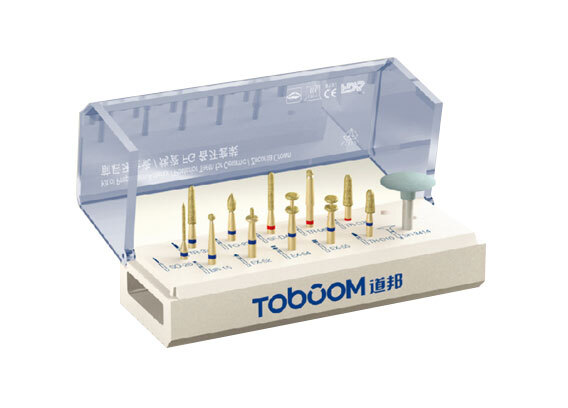
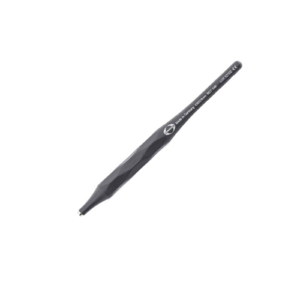
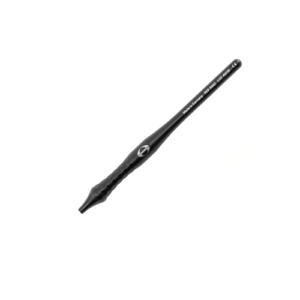
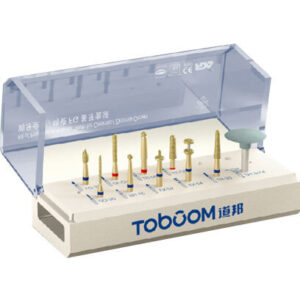
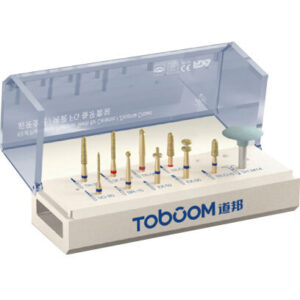
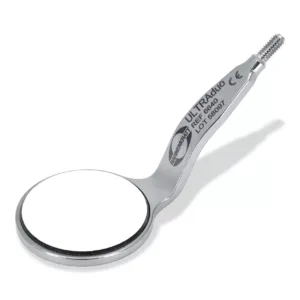
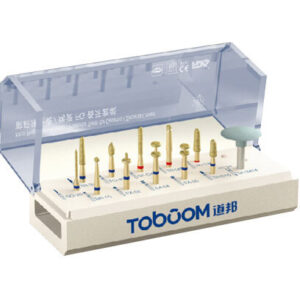

Reviews
There are no reviews yet.